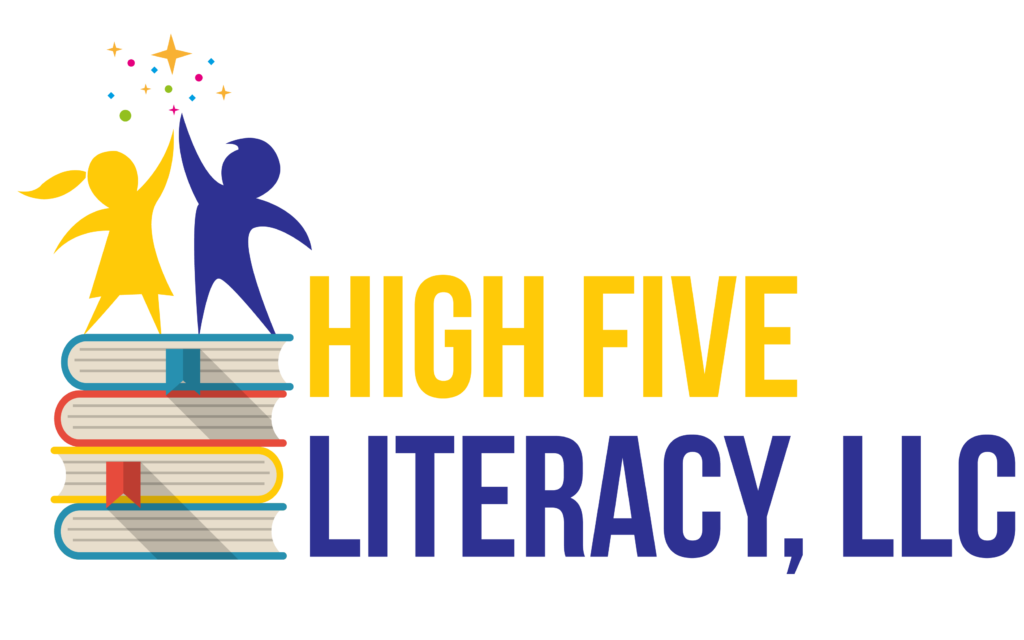
One of my favorite books on scientific reading research, Language at The Speed of Sight, by Dr. Mark S. Seidenberg makes the strongest argument I have seen for why American schools must revamp their reading curricula and embrace a phonics-first teaching approach. Dr. Seidenberg, renowned research professor, puts to rest the notion that there is any other way for the human brain to learn how to read. His interpretation of MRI results identifying the main neural circuits involved in reading clearly reflects that poor readers show atypical low activation in the phonology area of the brain. Yet, Dr. Seidenberg says, there continues to be a “profound disconnection between the science of reading and educational practice… [that] requires changing the culture of education from one based on beliefs to one based on facts.”
So why do we have this disconnect between reading research and instructional practice? There is no shortage of support for the “Science of Reading,” yet flawed programs based on discredited philosophies continue to be entrenched in our schools. The creators and proponents of such programs, for so long the unquestioned darlings of the literacy world, have staked their reputations and livelihoods on insisting that their way is the correct way. They and their followers continue to spin the facts to fit their ill-conceived schemes, notwithstanding the severe and documented literacy crisis in this country and throughout the English-speaking world.
As Dr. Seidenberg said, “People cannot be faulted for having been wrong: in fact, these erroneous claims were good for reading science because they stimulated research that greatly extended what is known. People should be faulted, however, for having made and continuing to make definitive claims based on weak or non-existent evidence, for sticking with them long after they had been contradicted beyond reasonable doubt, and for continuing to market their stories’ narratives to trusting but scientifically naïve audience. These ideas are now deeply embedded in an educational culture from which they cannot easily be resectioned.”
As I have stated in numerous other blogs and in my book, Failing Students or Failing Schools? A Parent’s Guide to Reading Instruction and Intervention, I assumed that once educators read the research, they too would want to reevaluate their own teaching practices. I was wrong. Even after the National Reading Panel published its findings on best practices in 2000, emphasizing the need for a return to structured phonics instruction in the early grades, very little was done to impact reading instruction. In fact, in the last twenty years, there has hardly been any change at all. Professors in Teacher Education programs across the country continue to train preservice teachers in the same flawed “balance” and “whole language” concepts that have been espoused since the mid 1980s. And our children continue to struggle.
Regrettably, from my perspective it is not simply a question of knowing better and then doing better. Clearly, facts are just facts and will not overcome inertia on their own. We have to begin to showcase the damage inflicted on so many kids by the existing philosophy and how their lives have been changed by reading intervention that is explicit, systematic, cumulative, and structured.
For this reason, through my affiliation with the nonprofit organization, Teach My Kid to Read, I will begin a series of “Facts Tell, Stories Sell” interviews with some of the parents I have worked with over the years, in addition to other guests who have stories of their own.
To kick off this “Facts Tell, Stories Sell” campaign, I will be doing a Facebook Live interview with Tre Hadrick, the father of one of my students. Tre’s eight-year-old son, Ernesto, began working with me over the summer of 2020. Despite receiving school intervention services, he continued to rely on contextual word guessing. He was only able to read memorized words and was functioning below grade level. Today, Ernesto is reading polysyllabic words.
In anticipation of the interview, I posed some written questions to Tre and his wife, Perly, about their child’s literacy development, instruction, and intervention. Below is a taste of some questions and responses. I trust that many of you will recognize your own experiences in these responses. I hope that you will tune in to the Facebook Live interview. Please look for information on when it will air soon.
Did your child show signs of having difficulties from birth to five years old? Any delays? (Speech and language; fine motor; gross motor; other)
Our son, compared to other family members around the same age, did show a slower progression with his speech and language.
Did anyone have learning difficulties in the family? (You, your spouse, parents, siblings, etc.)
I (mother) was an English as a Second Language student, which presented challenging moments throughout my educational journey.
Do you remember what type of reading instruction and intervention your child received in school before we began working together? Why do you think it didn’t work?
Montgomery County Intermediate Unit had a reading specialist work with Ernesto for 1 1/2 academic years. The assessment showed that he made progress but that was based on recognizing words.
Were you surprised your child struggled to read?
Yes, in a sense. I know every child has different talents and interests. Ernesto has always been a very hands-on child. He is also very visual and learns best with visuals.
Did anyone ever ask you if you read to your child or if you had books in your home? If so, how did that make you feel?
Yes, there have been times where others will question if we read to our son or if we have books at our home. It depends on who would make the comment and how it would make us feel.
Did you see yourself as a failure because your child struggled?
There is definitely a sense of responsibility for our son struggling with reading. As both parents being educators, it feels more of a failure since we are always helping other students and not putting out enough effort to help our own child.
What made you realize that you needed to seek help for your child outside of school?
We realized additional help was needed when books recommended for the grade level would be difficult him to read and or comprehend.
How old was your child? Which grade?
At that time, when we realized his struggle, he was 6/7 years old.
Why do you think the intervention I used with your child was successful?
The level of confidence he shows while he is reading now is amazing to see. There are times where he is struggling with a word, but he does not give up and continues to sound out the word until he gets it. To me – that is success.
When did you begin seeing a change?
We noticed a change about 4 sessions in the program.
Faith Borkowsky is the founder of High Five Literacy and Academic Coaching with over thirty years of experience as a classroom teacher, reading and learning specialist, regional literacy coach, administrator, and tutor. Ms. Borkowsky is a Certified Dyslexia Practitioner and provides professional development for teachers and school districts, as well as parent workshops, presentations, and private consultations. Ms. Borkowsky is the author of the award-winning book, Failing Students or Failing Schools? A Parent’s Guide to Reading Instruction and Intervention and the “If Only I Would Have Known…” series. She is also a board member of Teach My Kid to Read, a 501(c) non-profit organization with a mission to support and empower students, teachers, and parents through education so all kids, including those with dyslexia, learn to read.
